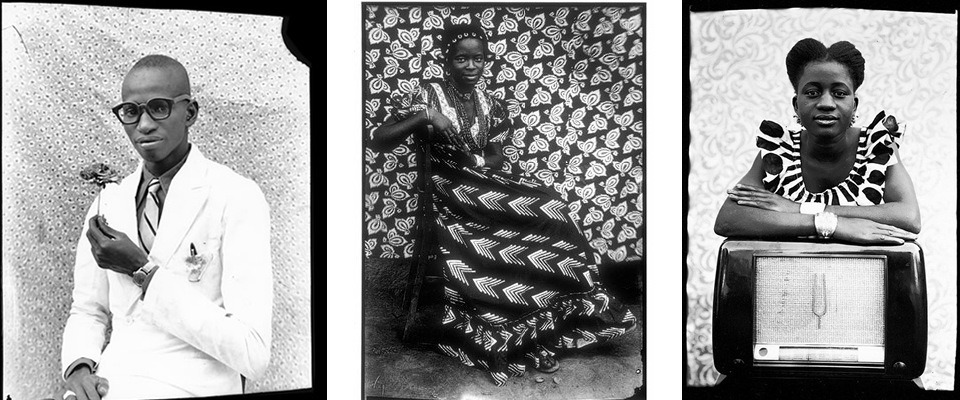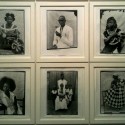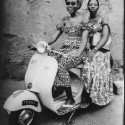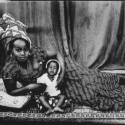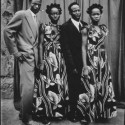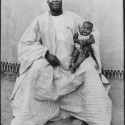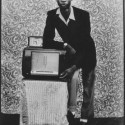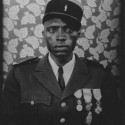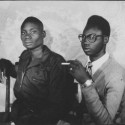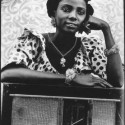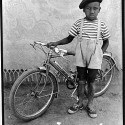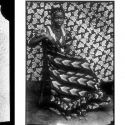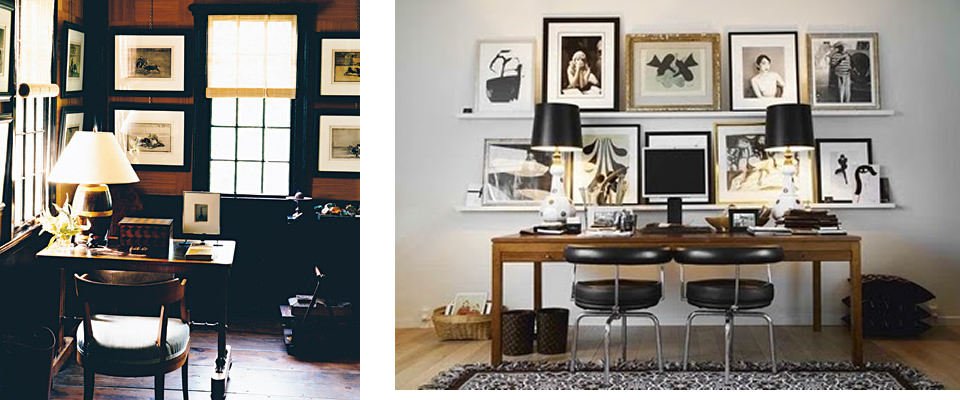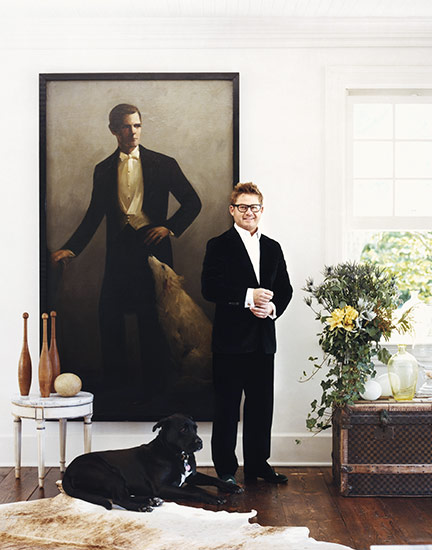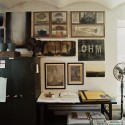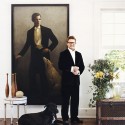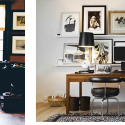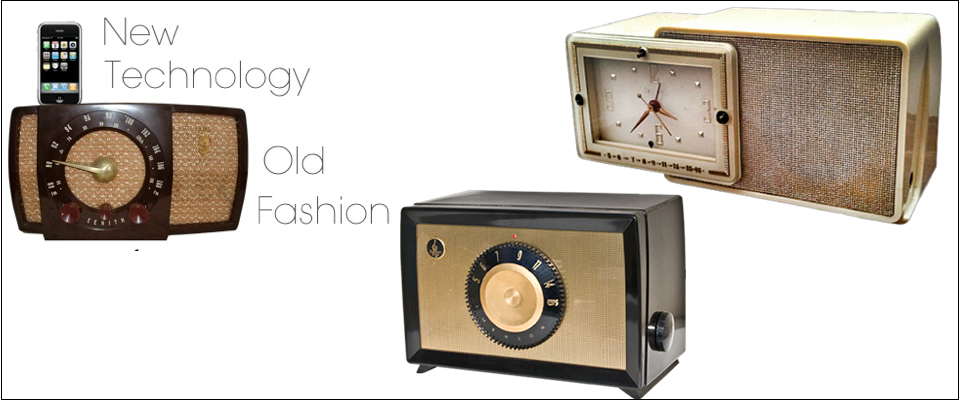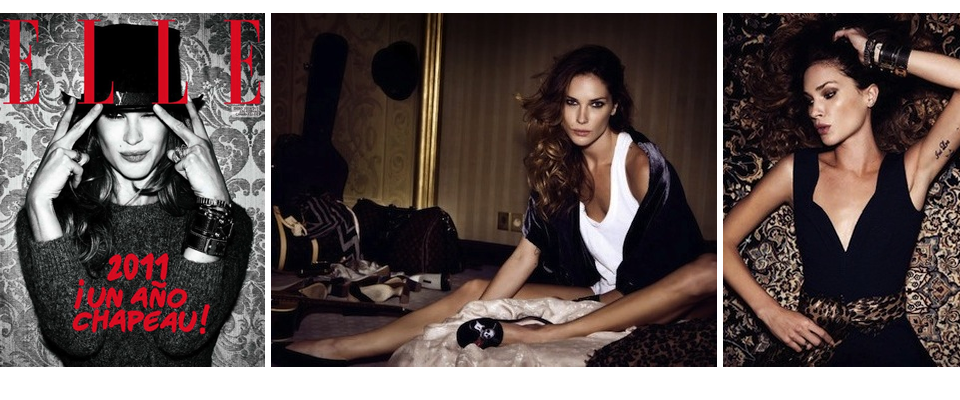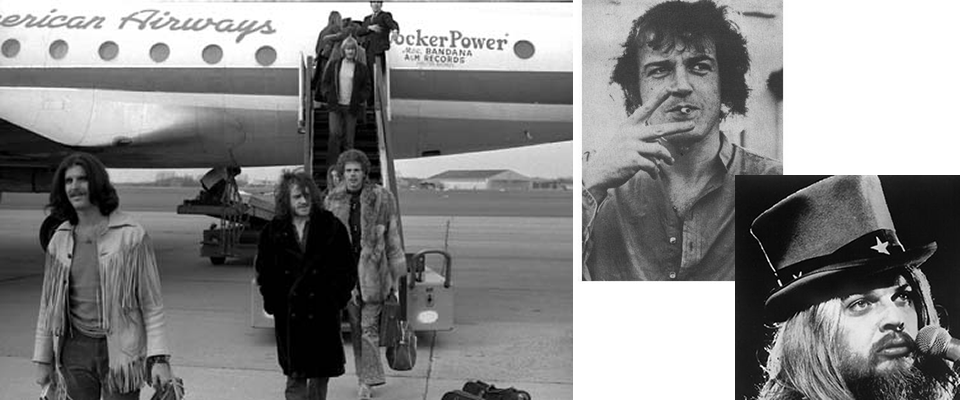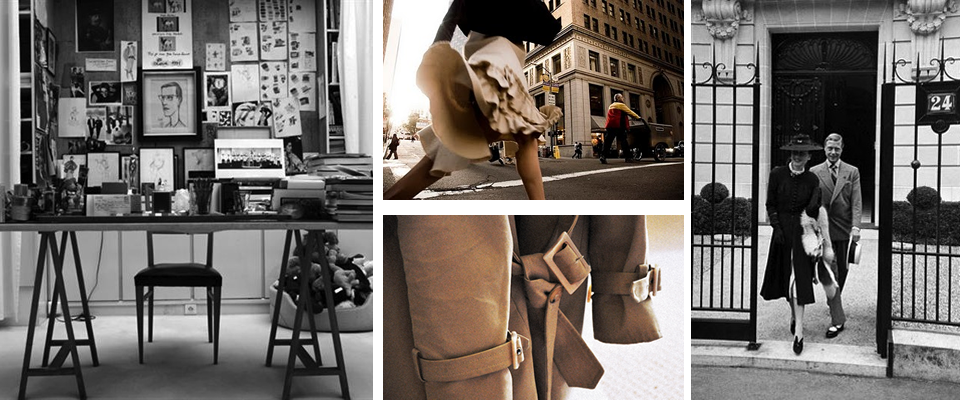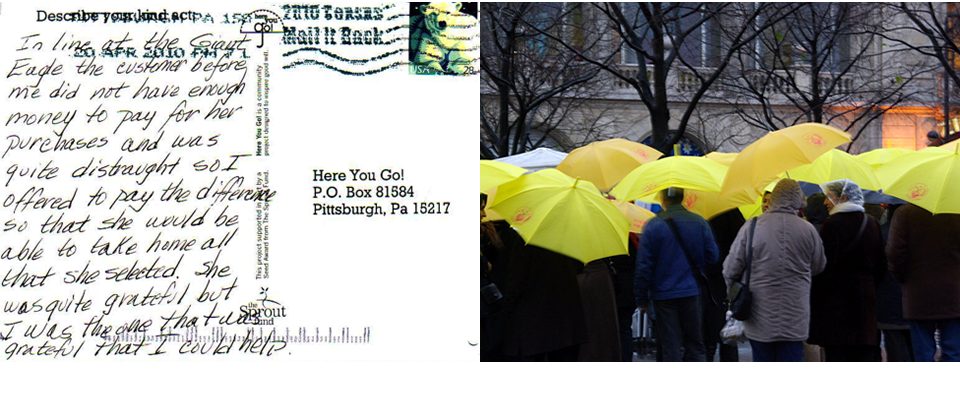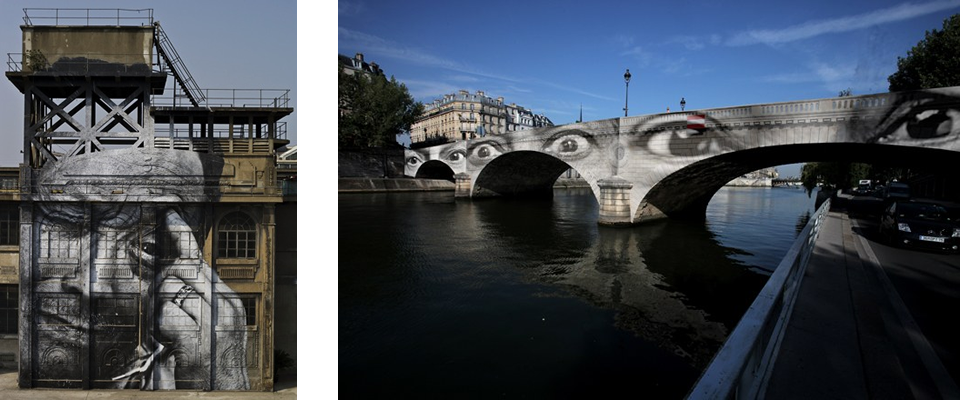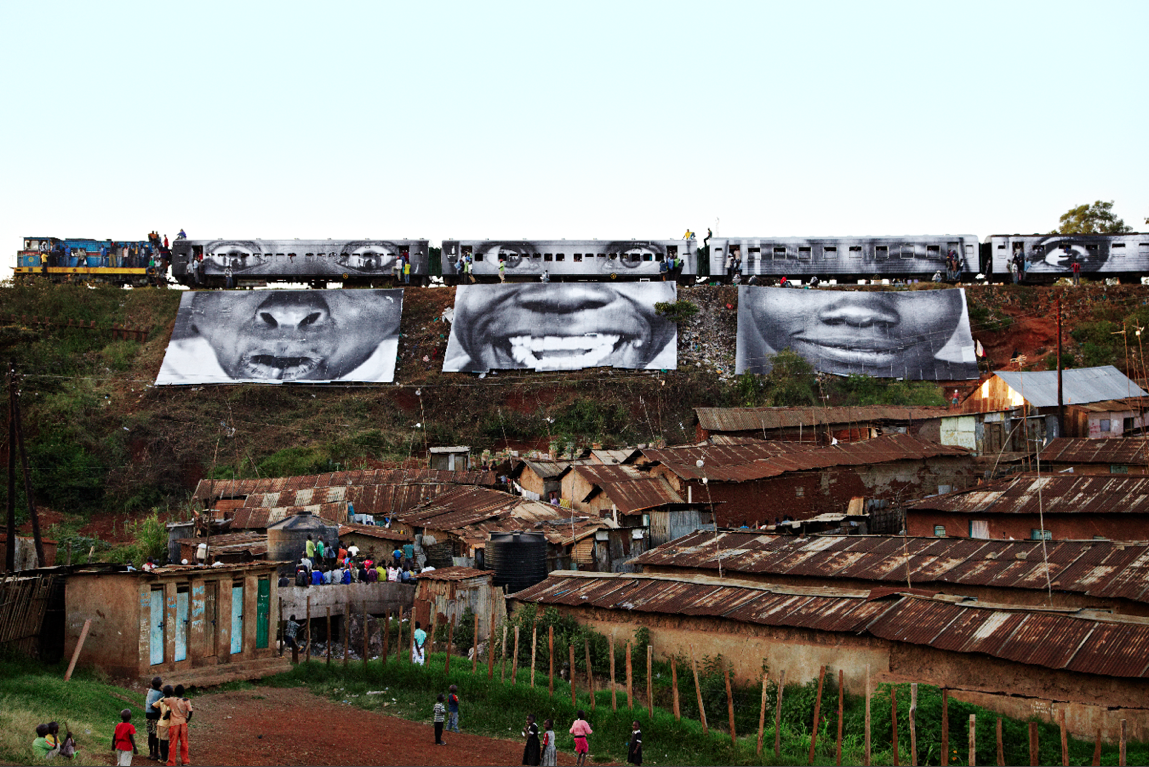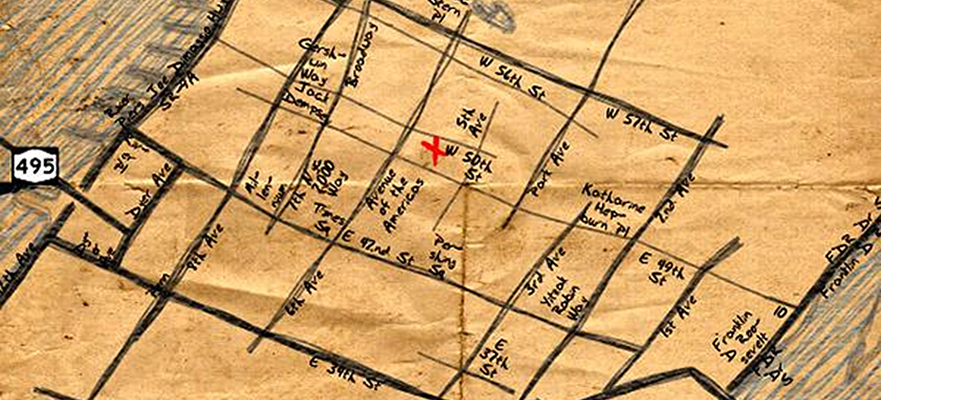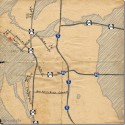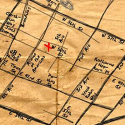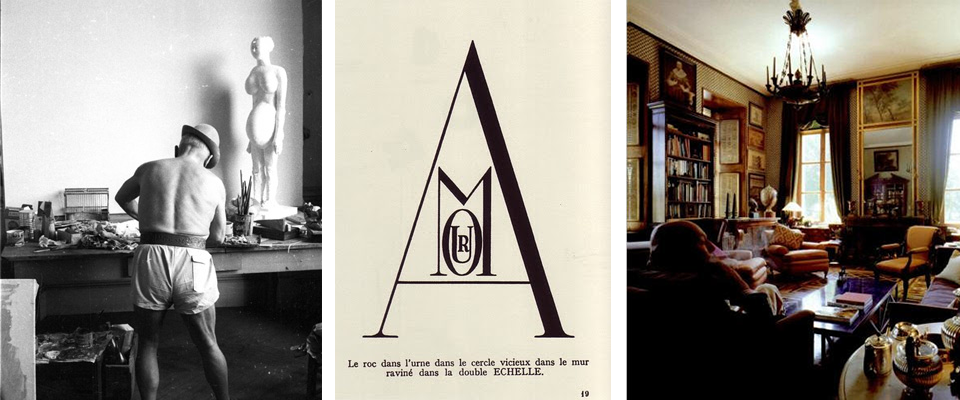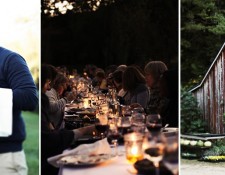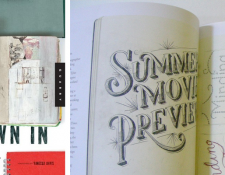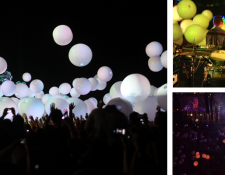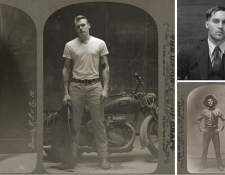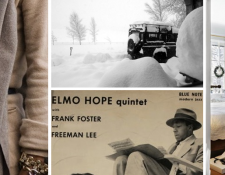Seydou Keita
Last month at Art Basel Miami, one of my very favorite exhibitions was the work of Malian photographer Seydou Keita. At first I was simply aesthetically taken in, and then I found out the history of Keita and was totally hooked.
First, a brief background on Keita’s work itself. Keita, originally trained as a carpenter, set up a portrait studio in 1948 to take photos for people to send to their relatives. This was common during this period in Mali, as many were leaving their families in the country and moving to the city, where they would then send back photos of themselves.
What is significant about this is that it means that Keita’s photographs were not actually made as art, but rather as commercial prints, which one might never guess upon first inspection, since the images are so rich and carefully composed. With their display of beautiful textiles, they are highly reminiscent of Matisse’s work, which often featured patterned textiles (Matisse’s family were weavers and he collected textiles) in both the foreground and background.
Even more interesting is that Keita was operating in a complete vacuum as far as art historical or photographic education, meaning that his bold compositions and use of textiles could not have been influenced by the likes of Matisse, or anyone else for that matter. In fact, Keita has said that his original backdrop for the photos was simply his bedspread.
However, despite his lack of training and the fact that he made portraits to make money (rather than as “art for art’s sake”), his photos perfectly capture a remarkable time in Mali’s history as it went from French-ruled to independent and Malians were finding and forming their identity as formerly French-ruled Africans with a newfound exposure to the West. Keita’s subjects are seen alternately in traditional dress and Western-style suits proudly presenting stock props Keita provided including radios and plastic flowers.
Now, for the juicy story of how Keita’s work became known to the world. In the 1960s, after becoming modestly successful as a portrait artist, the newly independent national regime asked Keita to work for the government. He refused, and when a general showed up at his studio to intimidate him, he buried his 7,000+ negatives in a metal box in his backyard before going to work for the government.
His portraits remained entirely internationally unknown until the 1990s, when a French photojournalist visited Mali and discovered his work and they quickly came to the attention of Jean Pigozzi (recently featured in Vanity Fair for his extravagant bachelor lifestyle and art collection), who began to have them printed from the negatives, shown in galleries, and printed in a book about the artist, which quickly made him the new toast of the African-art-collecting world. The story and controversy goes on, but I’ll leave you with that, and you can read more this NYT article if you’re curious for all the details…
[PS-- If you've been following this blog for a while, and Keita's work looks familiar, you may be remembering the post on contemporary Malian photographer Malick Sidibe. As it turns out, Sidibe was heavily, and undeniably, influenced by Keita, who was working in Bamako from the 1940s through the 1960s-- essentially just one generation ahead of Sidibe.]
Curated by:
Eliza Coleman
Section:
Arts Visuels
Labels:
Africa, photographer, Photography
white, brown, black + art and books
My fixation with the restricted white/black/brown combo, generally with warm woods and leathers serving as the brown, just isn’t letting up. It’s amazing to me that without any color or pattern, just texture, style of furniture, architectural detail, finishes, and styling, this color story can communicate such a wide range of styles, from traditional cabin to modern industrial.
It’s like the little black dress of interior design. There’s a million little black dresses out there, but depending on the cut and material, they can be appropriate for a variety of body types and occasions. And then just changing the accessories can switch up the whole mood of the dress.
This time, a few examples that skillfully use art and books to keep the restricted palette from becoming too dry or impersonal. A well-accessorized LBD, if you well.
iPod Speakers, Mad Men Style
This is pretty cool. 3Ryan Radios, out of Brooklyn, retrofits old tube radios to play mp3s from your iPod/iPhone! They have an inventory of old radios to choose from, and once you pick which one you want, you can let them know whether you prefer a built-in dock or an input cord, and two to three weeks later, you receive your custom speakers.
In addition to adding a dose of retro style to your living room, an added feature that I LOVE about these is that they “un-digitize” the sound of your mp3s to produce a warmer vinyl-esque sound. I personally love the sound of vinyl, and had been considering buying a record player but balking at having to re-purchase my music collection as records, so this is a major plus.
And apparently it’s not just some effect that is applied on top of the sound to make it sound like vinyl. Their explanation is that it breaks the binary code (used for mp3s) down into analog frequency (used for vinyl) so that it truly is the same type of sound as on vinyl.
What confuses me about this is that I’m pretty sure that’s the process that happens whenever mp3s are played over speakers, but maybe they have a more complicated explanation they just don’t provide on the website. Or, alternately, maybe this is just the quality of sound tube radio speakers are able to produce, but they would like you to think there is a really high-level process they’ve implemented to create this effect.
Listening To: Joe Cocker and Leon Russell
I’ve developed a total fascination with Joe Cocker and Leon Russell’s Mad Dogs and Englishmen tour from 1970.
Both classics in their own right, Cocker and Russell teamed up for this legendary tour, for which Russell, the musical genius with his iconic long grey hair and top hat, fronted Cocker’s band and was musical director, coming up with all the live arrangements for their 21-person band/chorus (I think this may have inspired Edward Sharpe, don’t you think?).
The tour was also filmed and made into a documentary, tracking the band and it’s hippie-commune 40-member entourage around the country to sold-out shows, complete with backstage footage and interviews. Sort of a real-life version of the movie Almost Famous, no??
Plus, the set list (which also became the album by the same name, from the show played at the Fillmore East) is incredible, including not only Cocker and Russell’s hits, but also covers of the Rolling Stones, Bob Dylan, the Beatles, and others.
This last video, Darlin’ Be Home Soon, is some of the footage from the film– a backstage rehearsal. I particularly love the last minute or so with the split-screen of them boarding their plane and the rehearsal, and the little bit of the mom talking to the kids at the very end. Very Almost Famous.
Editor’s Chair…
Recent visual inspiration on Editor’s Chair… click over for more.
The Yellow Umbrella Project
I love this concept. Here You Go, a Pittsburgh-based community project, hands out free yellow umbrellas to people caught in the rain. In exchange, the recipients are simply asked to pass along an act of kindness.
With the umbrella, they are given a pre-addressed, postage-paid, waterproof postcard on which to write what they did for someone and to drop it in the mail to Here You Go, who then posts them on their website.
What a lovely reminder and inspiration to do random kind things for others. Do you ever check out The Happiness Project? One thing Gretchen notes, in her findings on happiness, is the maxim, “Do good, feel good.” It really is true. My mom told me recently that she paid for the groceries for the man behind her at the store, and in addition to making that guy’s day, she felt simply buoyant all day and was inspired to keep up the random acts (not that she’s not already the kindest person ever).
I’ve read a few times that even if your motivation for doing something nice for someone else is selfish– to get the warm fuzzy feeling– it still does make you feel good, and it of course still brightens that person’s day as well– it’s a win-win. So why not!
Curated by:
Eliza Coleman
Section:
Random Acts of Creativity
Labels:
random acts, snail mail
2011 TED Prize winner: Street Artist JR
For street artist JR’s work, size matters. So does location. Though his content– portraits of marginalized members of societies the world over– may not be unprecedented, his presentation is, and that changes everything.
Using insanely large-format photographs plastered up on sides of buildings, trains, stairs, bridges, or really any public structure, JR’s work is not only made accessible to the public, it actually confronts the public in an unavoidable way.
What his various projects have in common is that they represent an overlooked or misunderstood group of people– the elderly, women, member of different sides of conflicts, etc. For his 28 Millimeter project, he had residents of a slum outside of Paris (that had recently been in the news for the riots that had started there) act out the stereotypes they knew of themselves, photographed them, and plastered them around a bourgeois neighborhood of Paris along with the subjects’ name, phone numbers, and building numbers– effectively emphasizing that they are real individuals, not homogeneous representatives of a stereotype.
For his Face2Face project, he photographed residents living on either side of the wall dividing Israel and Palestine, basically making silly faces and looking utterly, universally human, and posted them on the opposite side of their respective sides of the wall. As he explains in the video below, he expected hostile reactions, but amazingly, he received none.
Check out the two videos below for more info and more installations. The first is the video posted by TED, and the second is about his upcoming film, “Women are Heroes.”
Bing Treasure Maps
This is so cool. Bing seems to realize that it can’t compete with google on certain levels, like speed or algorithms, so instead it’s taken the approach of delivering more unique results.
With a new program in beta, you can have your directions rendered as a treasure map– complete with wrinkled, old looking “paper,” a hand drawn route, and even an “x” marking the spot.
In addition to aesthetically appealing to designy nerds with its un-techy, handmade feel, it also has the added practical benefit of simplifying your map– it eliminates many of the outer surrounding streets that don’t affect your route, making it easier to follow your basic trajectory.
Recently on Editor’s Chair
Recent visual inspiration on Editor’s Chair… Picasso at work, a poem from the 1939 Surrealist visual poetry book Typoesie, and a gorgeous traditional home just for fun. Click over for more.

